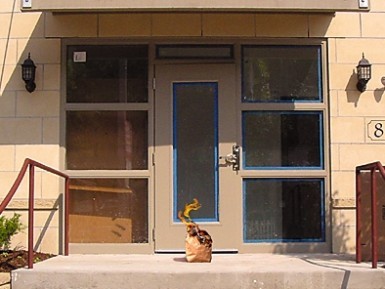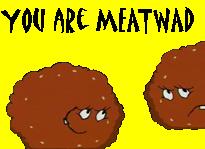Bryan Severns, a new food science student at Kansas State and a former chef, writes about the discussion prompted by his Chinese language Don’t Eat Poop shirt, and general hygiene at the Lawrence market:
 On a beautiful sunny Saturday in Lawrence, the handwashing word was spread from the Farmers market, through the fabric store, to the Merc. The combination of Chinese characters and the Don’t Eat Poop web address were enough to spark conversations in food safety and educational techniques. The most common initial reaction is wide eyed disbelief that anyone would say that in public, but upon further explanation most people have stories of their own to relate, and the conversation is off and rolling.
On a beautiful sunny Saturday in Lawrence, the handwashing word was spread from the Farmers market, through the fabric store, to the Merc. The combination of Chinese characters and the Don’t Eat Poop web address were enough to spark conversations in food safety and educational techniques. The most common initial reaction is wide eyed disbelief that anyone would say that in public, but upon further explanation most people have stories of their own to relate, and the conversation is off and rolling.
In related news, it was nice to see a complete handwashing station set up at the Farmer’s Market. Actually saw it in action, very cool. I’m a total supporter of local producer markets, but quite often the sanitation is left up to individual participants, and most seem to barely get their product out on display, let alone take care of the clean up details. Big points to the Market Manager and city of Lawrence.
On a more general note, after spending three weeks and 3000 miles to get to KSU from Vermont, my wife and I are glad to be here and have a great time learning about the area. Thanks to all who have been friendly and helpful, Manhattan is a very welcoming city.
That’s me with the beard visiting our son at Coast Guard Station Fire Island, New York (below).


 Earlier this week,
Earlier this week,  Daryll E. Ray, who has a lot of titles at the University of Tennessee, writes in an
Daryll E. Ray, who has a lot of titles at the University of Tennessee, writes in an 